From iPhone 6 Plus To Oculus VR: 7 New Technologies That Shaped 2014
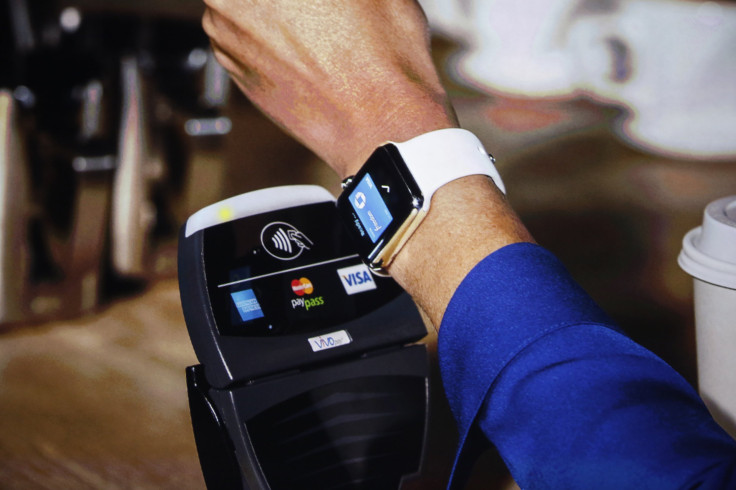
From smartphones to wearables, 2014 saw a deluge of gadgets and software that have promised to do everything from transform mobile payments to passively organize day-to-day happenings in life. While some of these gadgets have yet to be released to the public for general use, others have spurred new industries before they even come to market, such as the slew of virtual reality headsets in development. Below is a look at the gadgets and technological advancements that shaped 2014.
Oculus Rift
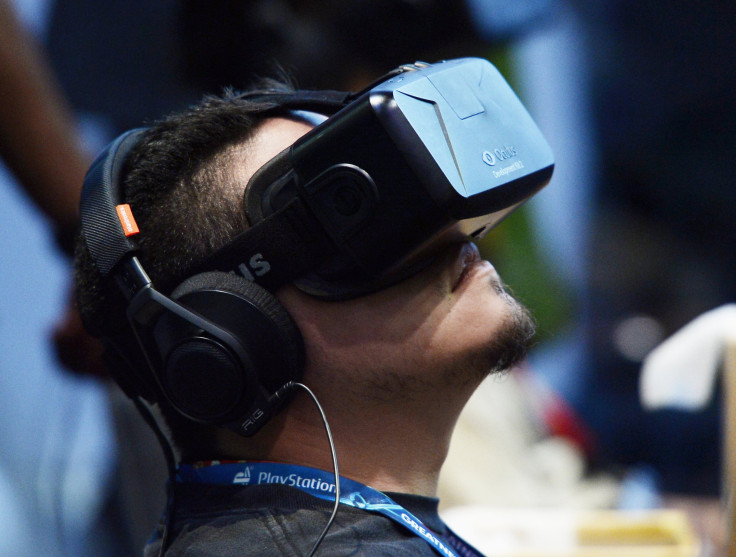
In the ’90s virtual reality headsets were gimmicky at best, with low polygon count graphics and bulky technology, but with recent advances in display technology and graphical processing power, they have seen a resurgence in the past year. Oculus Rift, a headset developed by Oculus VR, has led the charge.
While the virtual reality headset has yet to be released publicly to consumers, it has made waves in the gaming industry with developers looking to find uses for it and manufacturers scrambling to come up with products of their own such as Sony’s Project Morpheus. And though it’s yet to be seen if consumers would be willing to drop hundreds of dollars on a dedicated virtual reality headset, Oculus VR is exploring other ways of making the technology more affordable, such as the Samsung Gear VR, which uses Galaxy Note 4 devices to power the headset. And perhaps one of the greatest showings of faith is that Facebook purchased Oculus VR in March.
iPhone 6 Plus
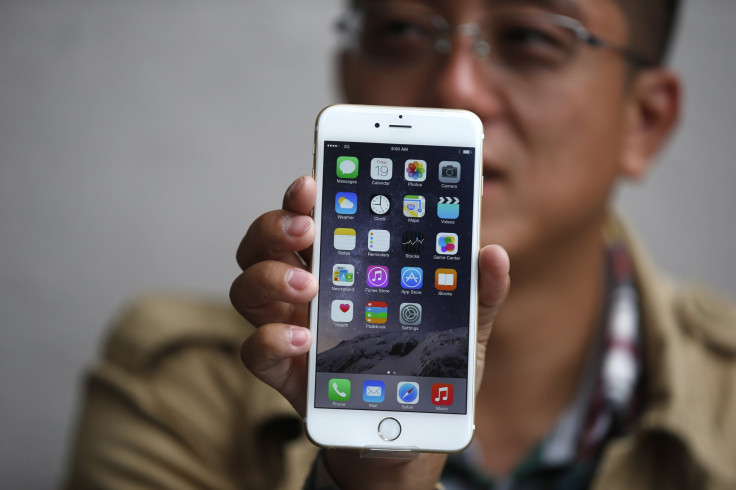
Apple had a huge 2014, both financially and physically, with the introduction its larger-sized smartphones, the 4.7-inch iPhone 6 and the 5.5-inch iPhone 6 Plus. Despite Apple’s avoidance of size and form factor increase for years, the move proved to be a huge success for the company, with 10 million iPhones sold within their first weekend of availability in September.
While the new phones proved that Apple still has the ability to drive massive sales, the iPhone 6 Plus in particular legitimized a form factor previously derided by critics as being too large: the phablet. And this year phablets proved to be more popular than ever, accounting for 13 percent of devices activated in the week leading up to Christmas.
Apple Pay
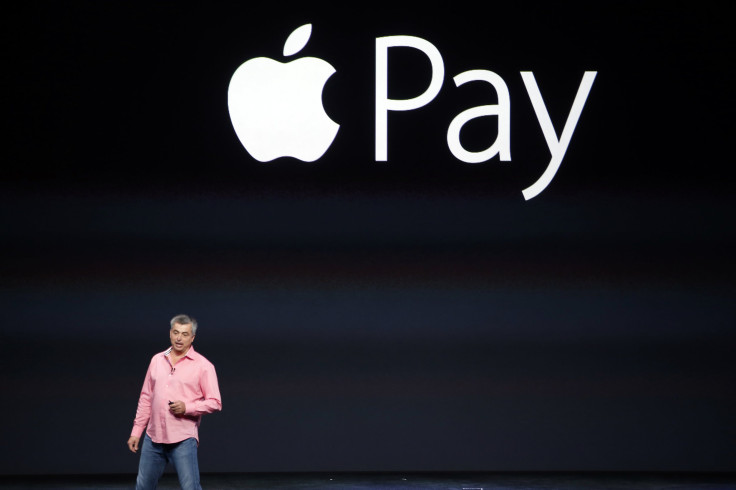
Mobile payments were floundering for years despite pushes from Google with its Wallet service and Softcard, a carrier-backed mobile payment service. But with the introduction of Apple Pay, the mobile payment platform developed by Apple, the industry saw new life breathed into it.
With 1 million credit cards registered for the platform within 72 hours of launch, the company attracted both consumers and financial institutions looking to support the service.
Though it’s still too early to stash away your credit cards, the platform has made progress in the retail space, accounting for 1 percent of digital payments in November. The mobile payment industry is expected to grow from $52 billion in 2014 to $142 billion by 2019, according to Forrester.
Moto 360

Wearables of all shapes and sizes flooded the markets in 2014. From monitoring your heart rate to notifying you about an upcoming flight, there was a wearable for just about anything.
But their functionality was only half of the picture. As the market has begun to take hold, manufacturers sought to improve their devices’ form as well as function. One such example is the Moto 360, which packs the power of Android Wear in a package that doesn’t look like it just came out of a prototyping room. Others companies have followed suit, including Intel’s MICA and Apple with its highly anticipated Apple Watch.
Consumer Drones
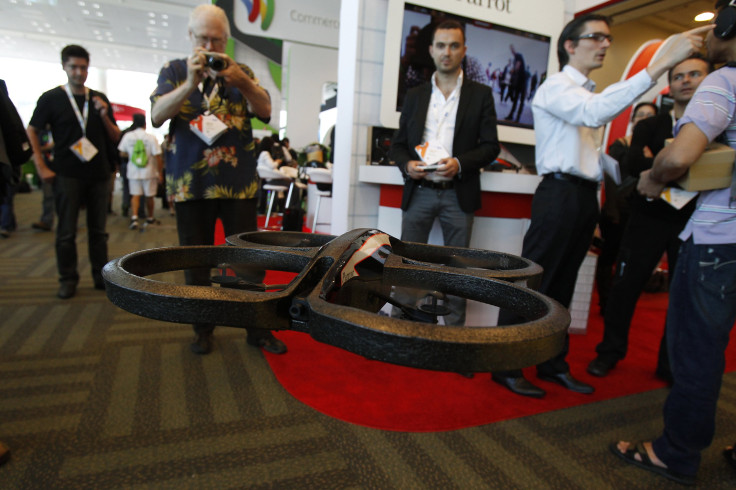
This year drones went beyond governmental use as consumers looked to get their hands on the plethora of unmanned aerial vehicles to become amateur pilots. While some users flew drones to capture bird’s eye images and video, others have eyed the gadgets for commercial uses, such as Amazon’s delivery drone and Google’s Project Wing.
But the surge of drones in the sky was not without its setbacks. Despite interest on the commercial side, the Federal Aviation Administration has yet to finalize rules governing their use for commercial services, which are currently prohibited. And on the consumer side, the FAA has been scrambling to educate users on proper flying practices in response to the increase of near-collisions with larger aircraft, according to the Washington Post.
Automatic Brakes
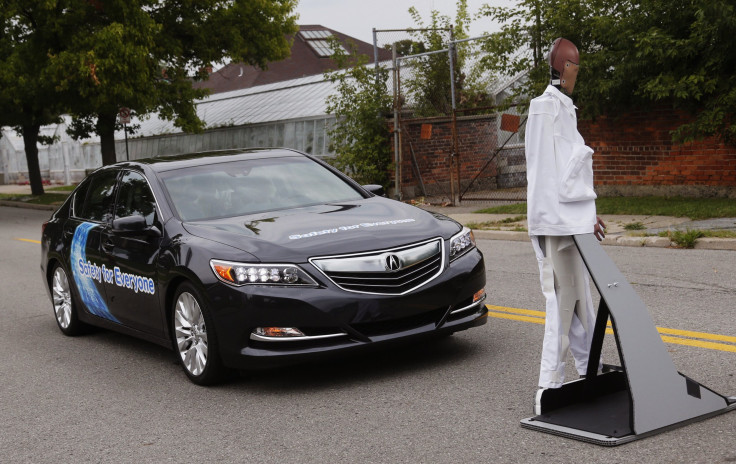
While we won’t see public road trials for self-driving cars until 2015, drivers have already had a peek at some of the technology that is easing consumers into the idea behind car automation. One of which is automated brakes, which were introduced into a number of vehicles in 2014.
Out of 24 models tested by the Insurance Institute for Highway Safety earlier this year, 21 were rated “superior” due to their ability to automatically apply brakes to avoid a crash. And coupled with other automation technologies, such as parking assist, adaptive cruise control and distraction alerts, these features are leading toward a future where drivers won’t necessarily need to touch the steering wheel to get from one place to another.
Android Auto/Apple CarPlay
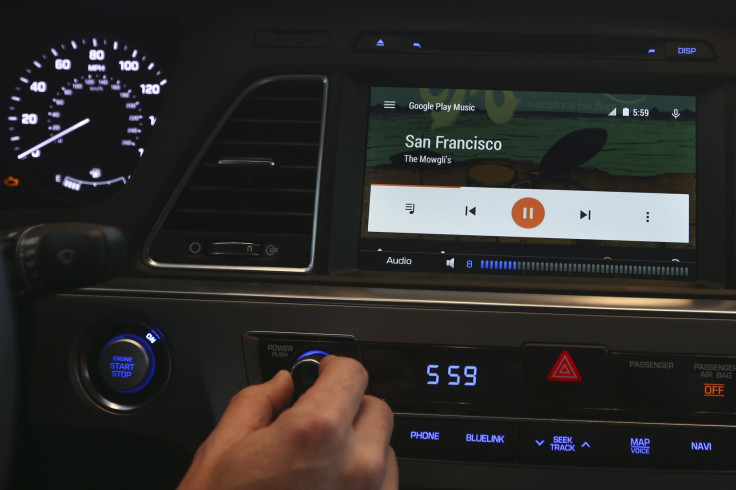
Car manufacturers are known by consumers for the style of their exterior and interior car designs. But one place they have been sorely lacking for years was car entertainment systems, many of which had poorly designed and clunky interfaces.
This year, Google and Apple sought to change that status quo with the introduction of Android Auto and Apple CarPlay, which brought smartphone features such as maps, music, messaging and more to the dashboard via touch screen, while allowing drivers to stay focused on the road. Over 20 car makers have supported each platform, and more are expected to be added in the coming years.
© Copyright IBTimes 2024. All rights reserved.












